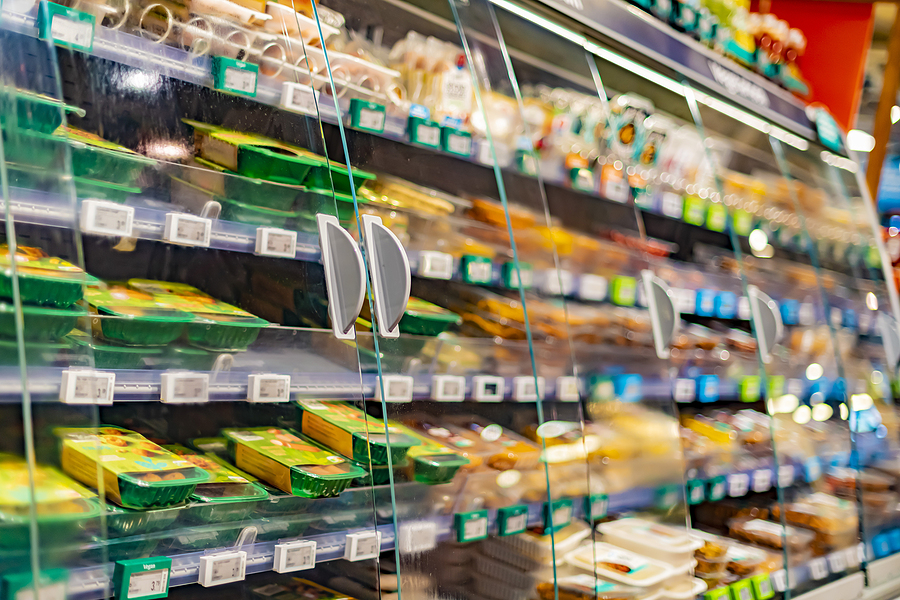By Richard Parmee, founder and CEO of X-ray inspection technology specialists Sapphire Inspection Systems
Packaging has a key role to play in the drive to cut food waste and reduce production costs, as a good seal is crucial to help food products stay fresh for as long as possible. If a salad leaf gets caught up in the seal and is left sticking out of a packaged pasta salad, for example, it will breach the airtight seal and allow in oxygen – which will make the product spoil faster and lead to wastage, loss of revenue, and customer complaints.
Traditionally, seal inspection solutions have involved a sniffer approach, to detect nitrogen or carbon dioxide, or a pressure system to check whether a product bounces back or deflates – if it deflates, it gets rejected. Another option is vision systems – but their accuracy is limited.
The latest X-ray technology, on the other hand, offers unrivalled accuracy. Two images are generated from a single detector – one optimized for the product and one for the seal area. It means even the tiniest speck of sauce trapped in the seal of a TV dinner can be detected. And, unlike vision systems, X-ray seal inspection can cope with non-transparent packaging and items with pack colors that are all very similar.
Sealing with plastic, metalized film, or foil material – whether in the form of flow-wrap packaging, form fill seal, or thermoformed trays – means there is a bond between one or more surfaces of a film material and a substrate, such as the lip of a tray. The seal can become ineffective for various reasons. The two sides of the seal can simply not be bonded together, for example, resulting in a blown seal – or food matter can be trapped between the sealing surfaces, creating a non-sterile channel.
Locating operators at the end of the production line to perform a visual inspection to detect such problems represents a substantial cost and an operational burden for food processors – and humans are not infallible when it comes to spotting seal breaches. But the latest generation of X-ray technology can help save time and money.
By adjusting the X-ray energy to a suitably low level, it is possible to detect very thin layers of seal contamination. At this very low level, the resulting contrast in the X-ray image data will be much reduced and subject to general signal fluctuations. The systematic nature of these fluctuations can be exploited to create a compensated image.
An example of such a fluctuation would be the joint in a conveyor belt, which would generally appear as a somewhat denser region of the overall background image. This can be factored out by a compensation algorithm. Then, by scanning along the seal for an incrementally different response, the technology can reliably detect organic material deposits as small as 50 microns thick.
There are also other clues to the presence of contamination – allowing hotspots in the seal region to be identified. For example, the presence of a strand of food adjacent to the seal region will indicate that material on the seal has been extruded away from the sealing surface. These hotspots trigger implementation of an algorithm to enhance the detectability of small seal defects.
Optical methods – such as machine vision cameras – are often used to detect the presence of extraneous material on a seal. But, unlike the new generation of X-ray technology, optical systems suffer from a series of limitations. Firstly, they often require that the seal surface is transparent in order to backlight the region being inspected, or that the lid stock is non-opaque. Secondly, the systems are subject to reflections and color differences in the image – and they are unable to inspect areas where there is a label superimposed on the seal.
An estimated 40% of all food produced in the world goes to waste – amounting to £2.5 billion tonnes every year at a cost of around $1 trillion, on top of the environmental impacts. So, it’s no surprise that some of the latest production-line technology is focused on helping food processors avoid wasting food – and money.

